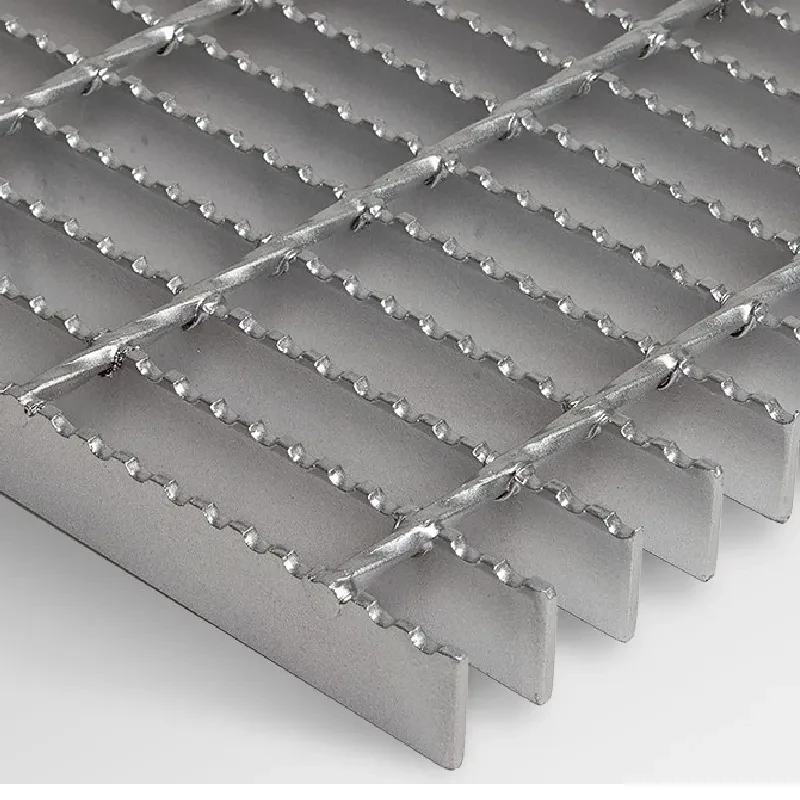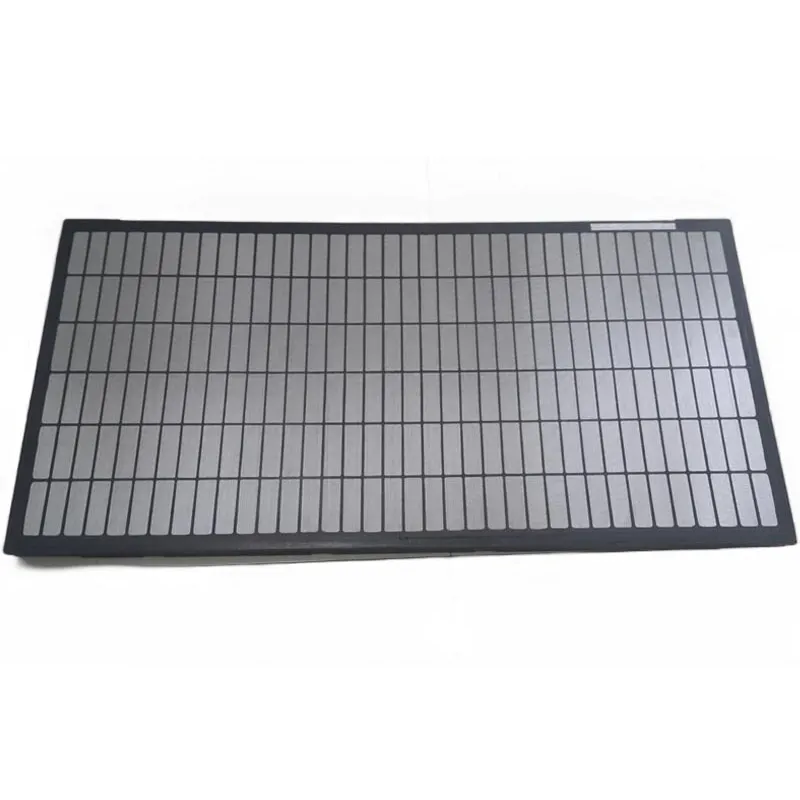- Industrial zone, South of Anping Town, Hengshui, Hebei, China.
- sales@hfpetromesh.com
- +86-18931809706
 Afrikaans
Afrikaans  Albanian
Albanian  Amharic
Amharic  Arabic
Arabic  Armenian
Armenian  Azerbaijani
Azerbaijani  Basque
Basque  Belarusian
Belarusian  Bengali
Bengali  Bosnian
Bosnian  Bulgarian
Bulgarian  Catalan
Catalan  Cebuano
Cebuano  Corsican
Corsican  Croatian
Croatian  Czech
Czech  Danish
Danish  Dutch
Dutch  English
English  Esperanto
Esperanto  Estonian
Estonian  Finnish
Finnish  French
French  Frisian
Frisian  Galician
Galician  Georgian
Georgian  German
German  Greek
Greek  Gujarati
Gujarati  Haitian Creole
Haitian Creole  hausa
hausa  hawaiian
hawaiian  Hebrew
Hebrew  Hindi
Hindi  Miao
Miao  Hungarian
Hungarian  Icelandic
Icelandic  igbo
igbo  Indonesian
Indonesian  irish
irish  Italian
Italian  Japanese
Japanese  Javanese
Javanese  Kannada
Kannada  kazakh
kazakh  Khmer
Khmer  Rwandese
Rwandese  Korean
Korean  Kurdish
Kurdish  Kyrgyz
Kyrgyz  Lao
Lao  Latin
Latin  Latvian
Latvian  Lithuanian
Lithuanian  Luxembourgish
Luxembourgish  Macedonian
Macedonian  Malgashi
Malgashi  Malay
Malay  Malayalam
Malayalam  Maltese
Maltese  Maori
Maori  Marathi
Marathi  Mongolian
Mongolian  Myanmar
Myanmar  Nepali
Nepali  Norwegian
Norwegian  Norwegian
Norwegian  Occitan
Occitan  Pashto
Pashto  Persian
Persian  Polish
Polish  Portuguese
Portuguese  Punjabi
Punjabi  Romanian
Romanian  Russian
Russian  Samoan
Samoan  Scottish Gaelic
Scottish Gaelic  Serbian
Serbian  Sesotho
Sesotho  Shona
Shona  Sindhi
Sindhi  Sinhala
Sinhala  Slovak
Slovak  Slovenian
Slovenian  Somali
Somali  Spanish
Spanish  Sundanese
Sundanese  Swahili
Swahili  Swedish
Swedish  Tagalog
Tagalog  Tajik
Tajik  Tamil
Tamil  Tatar
Tatar  Telugu
Telugu  Thai
Thai  Turkish
Turkish  Turkmen
Turkmen  Ukrainian
Ukrainian  Urdu
Urdu  Uighur
Uighur  Uzbek
Uzbek  Vietnamese
Vietnamese  Welsh
Welsh  Bantu
Bantu  Yiddish
Yiddish  Yoruba
Yoruba  Zulu
Zulu
- Afrikaans
- Albanian
- Amharic
- Arabic
- Armenian
- Azerbaijani
- Basque
- Belarusian
- Bengali
- Bosnian
- Bulgarian
- Catalan
- Cebuano
- Corsican
- Croatian
- Czech
- Danish
- Dutch
- English
- Esperanto
- Estonian
- Finnish
- French
- Frisian
- Galician
- Georgian
- German
- Greek
- Gujarati
- Haitian Creole
- hausa
- hawaiian
- Hebrew
- Hindi
- Miao
- Hungarian
- Icelandic
- igbo
- Indonesian
- irish
- Italian
- Japanese
- Javanese
- Kannada
- kazakh
- Khmer
- Rwandese
- Korean
- Kurdish
- Kyrgyz
- Lao
- Latin
- Latvian
- Lithuanian
- Luxembourgish
- Macedonian
- Malgashi
- Malay
- Malayalam
- Maltese
- Maori
- Marathi
- Mongolian
- Myanmar
- Nepali
- Norwegian
- Norwegian
- Occitan
- Pashto
- Persian
- Polish
- Portuguese
- Punjabi
- Romanian
- Russian
- Samoan
- Scottish Gaelic
- Serbian
- Sesotho
- Shona
- Sindhi
- Sinhala
- Slovak
- Slovenian
- Somali
- Spanish
- Sundanese
- Swahili
- Swedish
- Tagalog
- Tajik
- Tamil
- Tatar
- Telugu
- Thai
- Turkish
- Turkmen
- Ukrainian
- Urdu
- Uighur
- Uzbek
- Vietnamese
- Welsh
- Bantu
- Yiddish
- Yoruba
- Zulu
feb . 14, 2025 21:23
Back to list
Press-Locked Steel Grating
Navigating the diverse realm of serrated grating sizes involves understanding their critical role in a broad array of industries. Each size variation offers unique advantages in specific applications, and selecting the right one is crucial for achieving optimal performance and safety in industrial environments.
Trustworthiness is built through transparency and a commitment to quality. Manufacturers and suppliers of serrated grating reinforce trust by providing detailed information about the specifications and characteristics of their products. This includes load ratings, material certifications, and compliance with industry standards. By offering comprehensive product warranties and post-purchase support, reputable companies ensure their clients have confidence in their purchasing decisions. Sizing serrated grating involves meticulous calculations and foresight. The load-bearing requirements must be anticipated accurately to select a grating that will perform effectively over its intended lifespan. Additionally, environmental considerations, such as exposure to corrosive substances or extreme temperatures, must be addressed to prevent premature degradation. The interplay of these factors highlights the critical nature of size selection in ensuring both safety and cost-effectiveness. The realm of serrated grating sizes is constantly evolving, driven by advancements in material technology and design innovations. As industries push the boundaries of what's possible, the demand for customized grating solutions grows. This evolution underscores the importance of staying informed about the latest developments and maintaining a dialogue with industry experts who can provide insights into emerging trends and technologies. In conclusion, the importance of selecting the appropriate serrated grating size cannot be understated. It requires a combination of experience, expertise, authoritativeness, and trustworthiness. Professionals in the field must navigate complex variables to provide recommendations that ensure safety, efficiency, and durability. As the industry evolves, staying informed about standards, innovations, and best practices is crucial for making informed decisions that align with both current needs and future advancements.


Trustworthiness is built through transparency and a commitment to quality. Manufacturers and suppliers of serrated grating reinforce trust by providing detailed information about the specifications and characteristics of their products. This includes load ratings, material certifications, and compliance with industry standards. By offering comprehensive product warranties and post-purchase support, reputable companies ensure their clients have confidence in their purchasing decisions. Sizing serrated grating involves meticulous calculations and foresight. The load-bearing requirements must be anticipated accurately to select a grating that will perform effectively over its intended lifespan. Additionally, environmental considerations, such as exposure to corrosive substances or extreme temperatures, must be addressed to prevent premature degradation. The interplay of these factors highlights the critical nature of size selection in ensuring both safety and cost-effectiveness. The realm of serrated grating sizes is constantly evolving, driven by advancements in material technology and design innovations. As industries push the boundaries of what's possible, the demand for customized grating solutions grows. This evolution underscores the importance of staying informed about the latest developments and maintaining a dialogue with industry experts who can provide insights into emerging trends and technologies. In conclusion, the importance of selecting the appropriate serrated grating size cannot be understated. It requires a combination of experience, expertise, authoritativeness, and trustworthiness. Professionals in the field must navigate complex variables to provide recommendations that ensure safety, efficiency, and durability. As the industry evolves, staying informed about standards, innovations, and best practices is crucial for making informed decisions that align with both current needs and future advancements.
Share
Latest news
-
Welded Steel Bar Grating: The Rugged Industrial Flooring Solution Built for Load and LongevityNewsJun.24,2025
-
Steel Walkway Grating: Reliable, Resilient, and Built for Every StepNewsJun.24,2025
-
Shale Shaker Screen for Sale: Optimize Drilling Efficiency with Precision Screening PowerNewsJun.24,2025
-
Shaker Screen for Sale: Elevate Your Drilling Efficiency with Durable Separation SolutionsNewsJun.24,2025
-
Press Locked Steel Grating: Industrial Strength with Precision Fit for Heavy-Duty ApplicationsNewsJun.24,2025
-
Perimeter Safety Netting: The Critical Safety Upgrade for Every HelipadNewsJun.24,2025